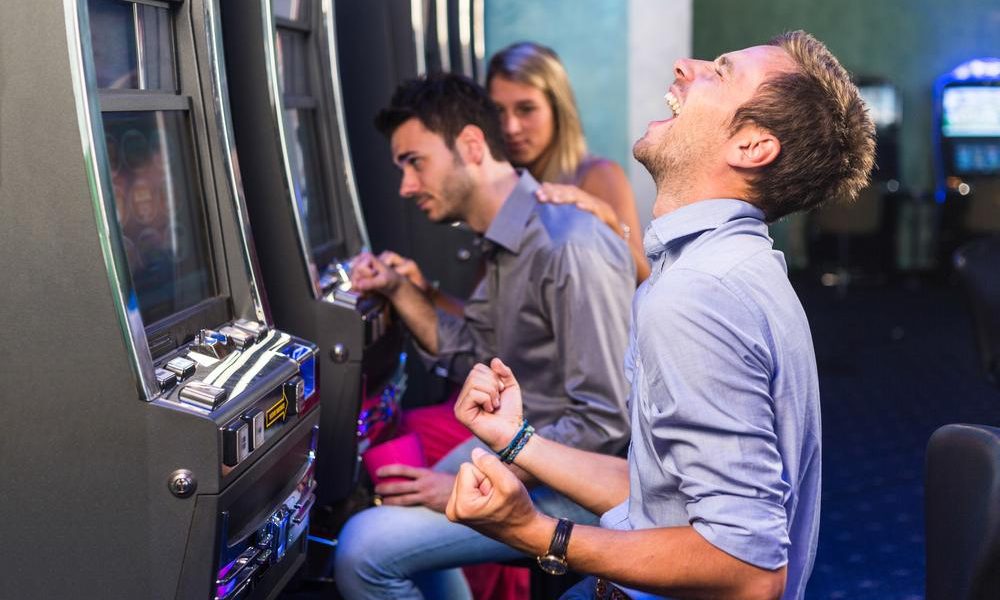There has been much debate about whether people can “feel” the impact of tightening the odds of winning on a slot machine. One argument goes that due to the volatility of a game, customers would have to play thousands of games before they could “feel” the difference in a game with the same symbols and paytable, but with a lower return to player (RTP).
This may be the case, but the argument can be valid only with the qualifier “between certain parameters” and depending on the circumstances, those parameters might change. Clearly, players would, within a few games, know the difference between a game with an RTP of 92% and 0%, but between 92% and 88%, would they know? How many games would it take?
A matrix of factors interplays when players decide to continue playing a game. RTP could be one, but also volatility, stake-to-top-prize ratio, frequency of outcome, and entertainment value.
Lotteries have a low RTP and virtually no entertainment, but they counterbalance that with low frequency of the outcomes (weekly draws) and very high stake-to-prize ratios to maintain player’s interest. And even then, we see ever higher jackpots just to maintain that level of interest (i.e., revenue), without which lottery revenues would inevitably decline. Imagine a slot machine with an outcome every few seconds and an RTP of 50%. Players would quickly abandon the game.
In Europe, it is not unusual to find machines in bars and arcades with RTPs of around 75%. The life cycle of these games is still relatively short, usually about a year, and that is with the game having additional features to make it more “entertaining”. So much so that these features make the games complicated and I have no idea how to play them!
Some think it is a good idea for gambling games to declare the RTP and certain jurisdictions demand it. But this presupposes that people understand what a certain percentage return means and even if they do that that they will act rationally.
When I write “understand what a certain percentage return means”, I mean that they can put meaning to a percentage. The difficulty some face is that the percentage is meaningless to them; they are unable to put it into context. To some, 8% doesn’t sound like a lot, but if they were told they had some disease and there was an 8% chance they would die in the next two years, it would sound like a much bigger deal!
If you asked someone whether they would prefer a guaranteed payment of £3 or a lottery ticket with an 80% chance of winning £5, most people will choose the guaranteed £3, although the expectation of the latter is £4. This “non-rationality” is described in prospect theory as the “certainty effect”: People assign greater value to certain or near-certain gain than the actual probability would suggest. But when losses are involved, the reverse is true; people “undervalue” the probable event and “overvalue” the less probable event. This is called the “reflection effect”.
As an aside, behavioural scientists have conducted experiments with bees and babies suggesting that they act “rationally” when faced with choices involving quantities. Are babies and bees smarter than the average person? Apparently not. The experiments with bees and babies do not involve actual numbers, but pictorial references to quantities. Most people respond well to these references, not just babies and bees.
Dr. Maria Konnikova, psychologist, poker player, and author of The Biggest Bluff, believes that playing that gave her the ability to quantify percentages. Through thousands upon thousands of hands, she could understand first-hand what a 1% or 2% edge meant. The ability to understand different probabilities can be learnt through experience.
Behavioural psychologists have found an interesting twist. If, instead of describing the difference of probabilities between two choices, you let people experience the difference the opposite of the above is true, they undervalue the probability of the rare event and overvalue the more probable outcome. But when faced with a possible gain, they overvalued the less probable outcome — the complete reverse of the reflection effect.
The difference between the two scenarios is called the “description-experience gap”. This gap between describing and experiencing probabilities can be seen in health care. Patients will overvalue the possibility of side effects of various drugs, because they hear or read about only the statistics. Doctors, on the other hand, will be exposed to the descriptions, but will also see patients benefitting from the drug without experiencing side effects and they will have a more realistic idea of the probability of adverse reactions.
What does this mean for the gambling industry? Placing an RTP amount on an online game or on a sticker on a slot machine will be meaningless for most people. Playing 100 games or more will not give them enough experience to understand what the RTP actually means. Also, how that RTP is framed, whether involving gains or losses, will affect how players react to it.
When groups lobby for RTPs to be clearly stated and/or regulators demand the same, they need to take account of human behaviour. We are not a rational as we think we are.



